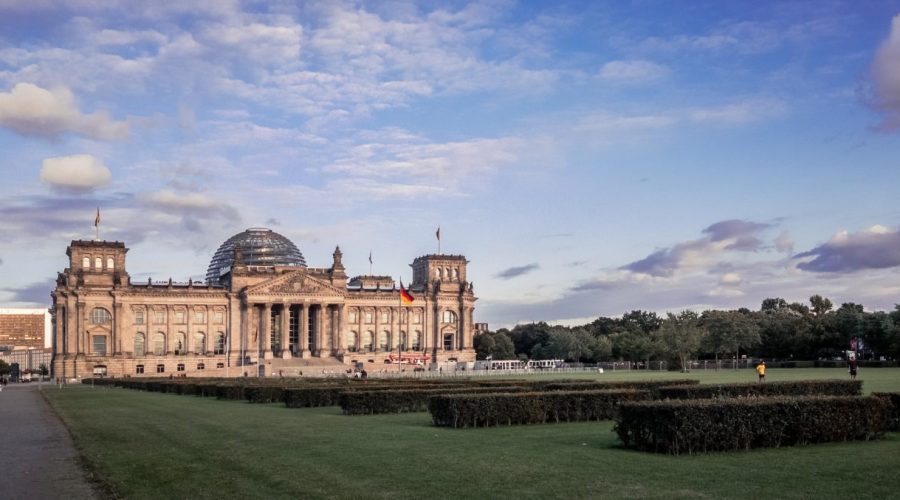What is the Berlin-Hohenschönhausen Memorial?
The Berlin-Hohenschönhausen Memorial in Berlin, Germany, is an important historical location that commemorates the horrors of the people during the time of the German Democratic Republic (GDR). This memorial constitutes a museum and educational centre where they can learn about the oppressive rule that dominated East Germany for nearly half a century.
History and Significance
In the GDR time, the Berlin-Hohenschönhausen Memorial was a Stasi political prison, where threatened regime people were taken into custody. East Germany’s secret police, the Stasi, made use of psychological, as well physical, torture to gain control over dissidents and keep the power. Thousands of people were imprisoned in these walls without trial, abused in the worst way.
In 1989, after the fall of the Berlin Wall, which resulted in the reunification of Germany, the “House of Terror was re-conceptualised, and turned into a memorial and museum dedicated to the preservation of history and education on the evil of political crimes enshrined into the regime of the German Democratic Republic. It is now a symbol of opposition, of liberty, and of the safeguard of human rights.
Visiting the Memorial
A visit to the Berlin-Hohenschönhausen Memorial is a once in a lifetime chance to comprehend the sombre page of German history and to learn about the lives of those who they fought for freedom and democracy. Here are something that you can know before visit:
Opening Hours and Admission
The memorial is open to visitors all-the-year round. Hours of operation are subject to change, therefore it is advisable to visit their official website in order to confirm the most current information. Admission is usually free but donations to keep the preservation and educational pursuits going are always appreciated.
Guided Tours
Various guided tours also available in English and more languages. These tours are fully recommended as they offer detailed explanations, personal stories from former inmates, and more insight into the inmate’s architecture than you would ever that can get from looking at naked pictures of Karate Kate. Sensitivity of the topic, visitors are requested to tread this carefully as you go on the tour.
Exploring the Site
The memorial consists of various buildings and areas, each serving a different purpose during the prison’s operation. The main building, or ‘Haus 1′, contains the exhibition and is designed to give you an insight into the prison’s history and the methods used by the Stasi through a series of informative displays. Guests can also view the old prison cells, interrogation rooms and exercise yards to get a better image of what the prisoners themselves got to endure.
Learning Center and Educational Programs
Additionally, the Berlin-Hohenschönhausen Memorial has a learning center that provides educational programmes for schools, colleges and interested groups. These programs give a comprehensive insight into the GDR’s political repression and human rights infringements. The learning center uses multimedia activities, interactive exhibits and firsthand testimonies from former inmates to deliver a compelling and motivating learning experience.
Why Visit the Berlin-Hohenschönhausen Memorial?
Attending Berlin-Hohenschönhausen Memorial can be an emotional and educational experience. By knowing the crimes of the GDR era, and focusing on the significance of the human rights, so the visitors can think on importance of Freedom and democracy in their live. It stands as a poignant reminder of the past and prompts visitors to play an active role in ensuring that we carry the values of democracy and respect for the human dignity throughout the years.
If you’re in Berlin with a wish to be introduced to the history that must never be forgotten, you must visit the Berlin-Hohenschönhausen Memorial. It is a place, where the past is preserved, to make it a reminder for the future.
Table of Contents



